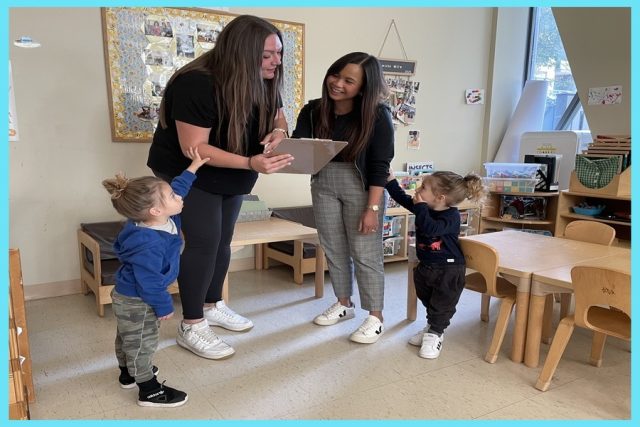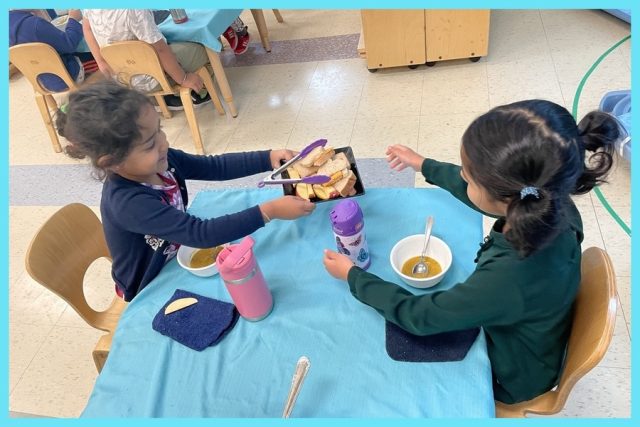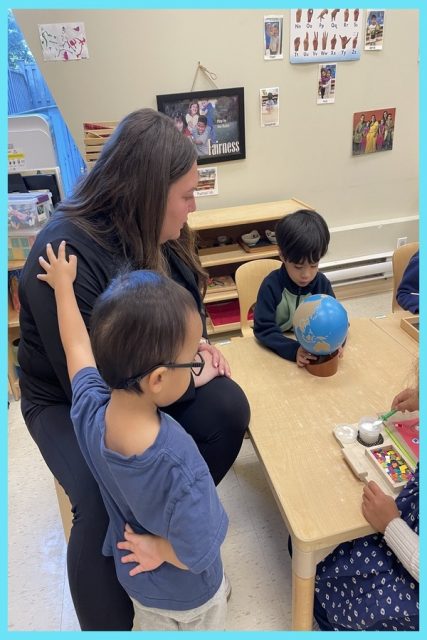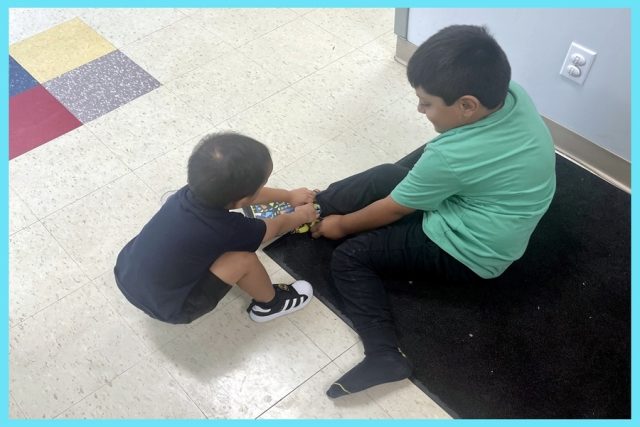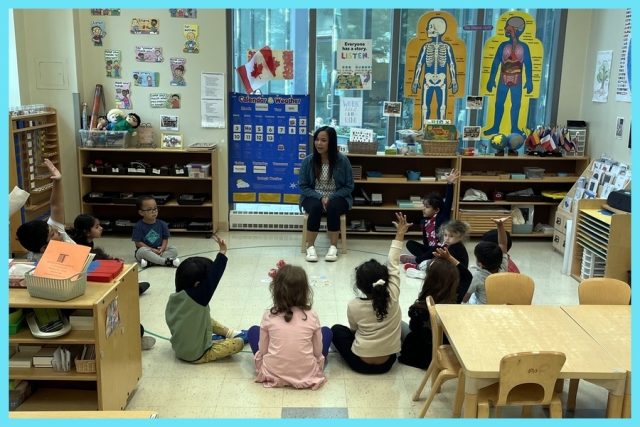
We as adults have the duty and responsibility to help children to develop social reactions and to build manners in order to grow independently and successfully in society.
Children are capable of much more than what is traditionally expected of them. For example, you might picture a preschool classroom with children running around or shouting, but in Casa, you will find the opposite. Our children are taught how to behave appropriately in an environment and learn that the classroom is dedicated to learning and concentration, and they do their part to make it so. They are taught that the time and place to be loud and active is during outside time.
Grace and courtesy starts with intentional modeling. Children are always watching and learning from behaviours. For example, the teachers expect children not to shout across the room and therefore, they will not do it themselves. When a child needs a teacher’s attention and he/she is doing a lesson or speaking with someone else (adult or child), the child will place their hand on the teacher’s shoulder and wait patiently until their turn.
Grace and courtesy is taught during circle time as well as in real-time situations such as:
Table Manners
- Passing a jug/serving plate
- Saying grace
- Avoiding talking while eating
- Tucking in your chair
Language
- “Please/Thank you”
- “Good morning”
- “May I have a turn, Please”
- “Are you okay?”
- “Pardon me?”
Social Situations
- Blowing your nose
- Waiting in a line
- Coughing in your elbow
- Hand on the teacher’s shoulder
- Helping friends
